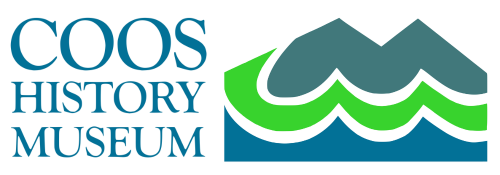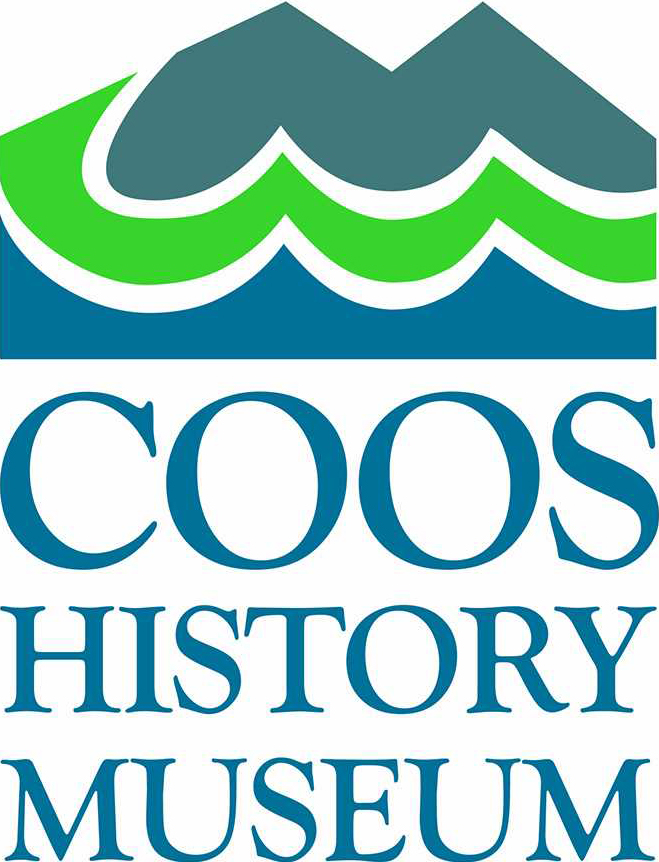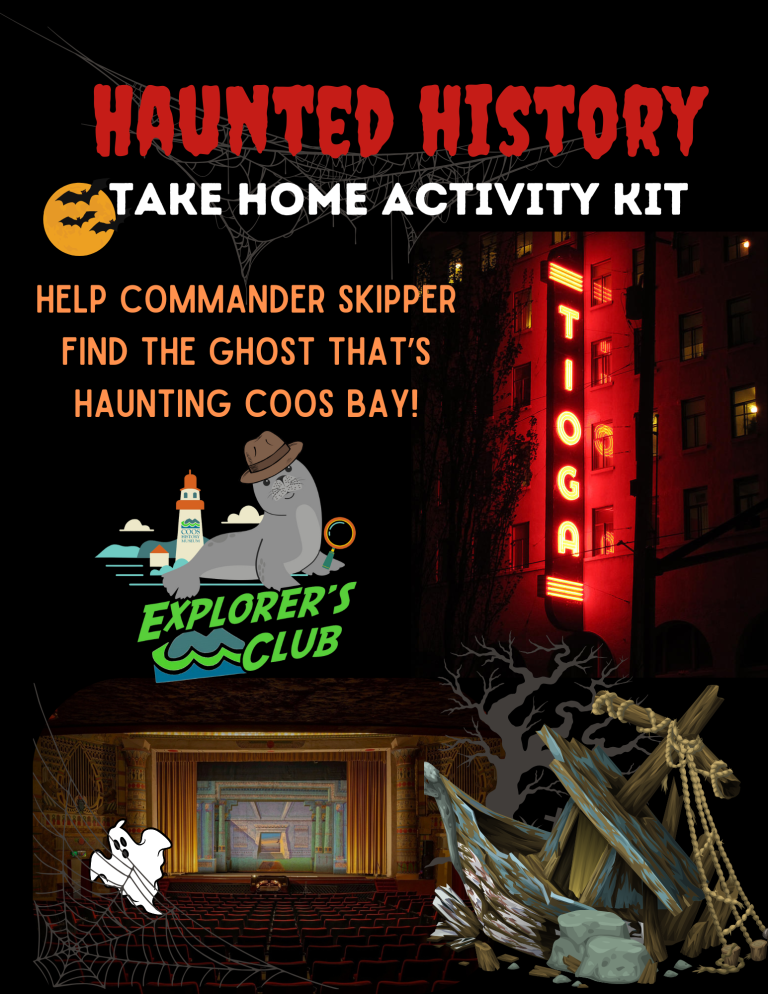Monthly E-Newsletter
CONTACT INFORMATION
1210 N Front Street
Coos Bay, OR 97420
tel (541) 756-6320
info@cooshistory.org
Coos Bay, OR 97420
tel (541) 756-6320
info@cooshistory.org
The Coos County Historical Society is a registered
501(c)(3) non-profit organization. Tax ID 93-0446513
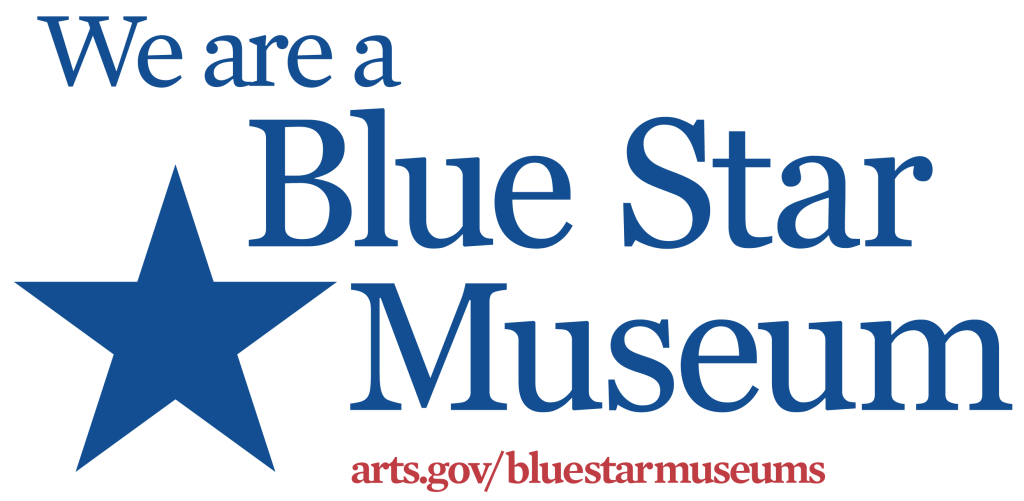
This website uses cookies to ensure you get the best experience on our website. When you are prompted for your name and email address, we will collect and store this information via MailChimp, Ninja Forms, and/or Events Manager software. This personal data will be used by the Coos County Historical Society, and its affiliated businesses for marketing communications, internal analytics and selling products. If you do not consent to our collection and storage of data, you may choose not to continue your site visit. Learn more by clicking here.
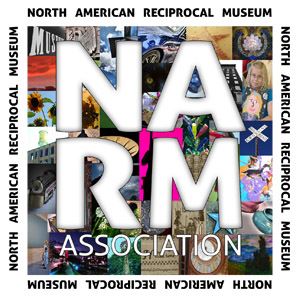
© 2023 Coos County Historical Society. All Rights Reserved. Powered by EPUERTO
